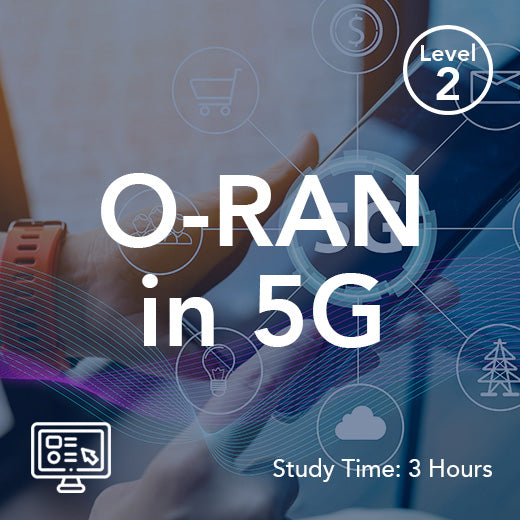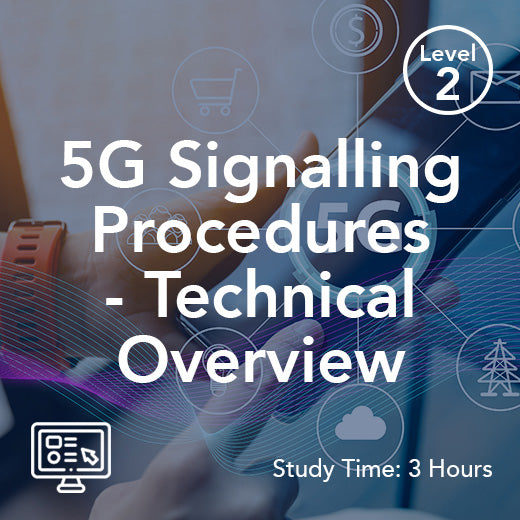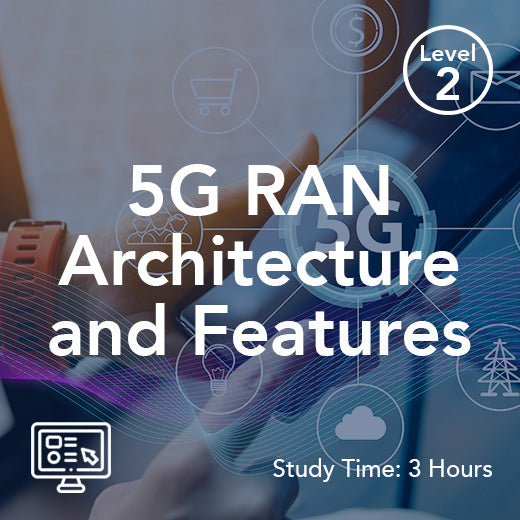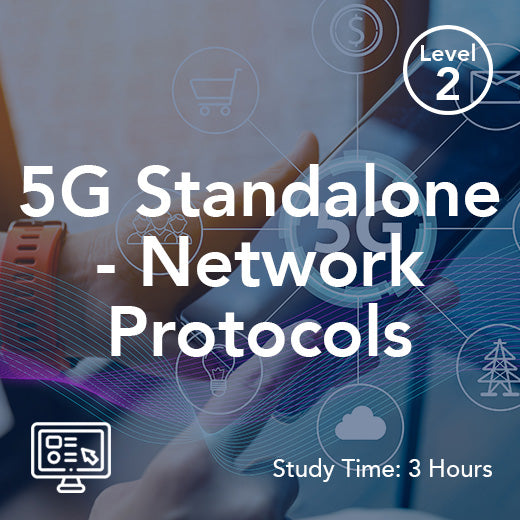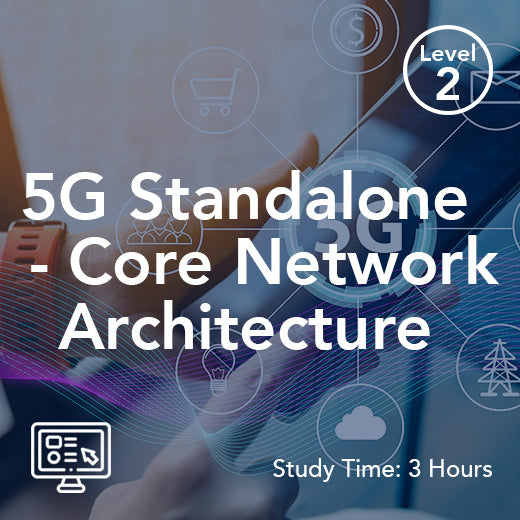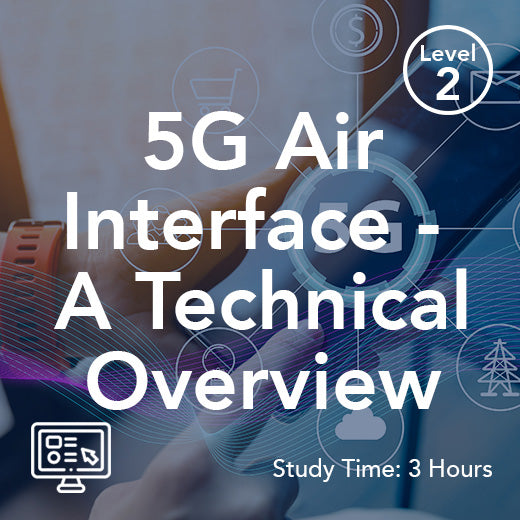Henb
- , by Stephanie Burrell
- 1 min reading time
The term HENB in telecom refers to Home Enhanced Node B, which is a device used in telecommunications networks to improve coverage and capacity in residential areas. In the UK market, HENBs play a crucial role in enhancing the quality of service for mobile users by providing better signal strength and data speeds within homes. These devices are especially useful in urban areas where network congestion and signal interference can be common issues. By deploying HENBs strategically, telecom operators can ensure a more reliable and consistent mobile experience for their customers.
A HENB (Home Enhanced Node B), also referred to as a Home eNodeB, is essentially a small cell base station designed to operate within a mobile operator’s network. It connects to the core network through a dedicated HENB Gateway (HENB GW), which manages signaling and data traffic for multiple devices. This architecture allows operators to offload traffic from the macro eNodeB or Node B, improving overall capacity and reducing congestion in densely populated areas.
From a technical standpoint, the HENB GW is responsible for coordinating both the control plane and user plane functions. The control plane handles tasks such as registration, authentication, and session management, while the user plane is responsible for forwarding actual data packets between the HENB and the S-GW (Serving Gateway). This separation ensures efficient routing of traffic and reliable quality of service (QoS) for end users, especially in areas where indoor coverage is critical.
In terms of deployment, HENBs are part of the E-UTRAN (Evolved UMTS Terrestrial Radio Access Network) in LTE systems. Their integration into the operator’s network helps extend coverage and enhance reliability for customers. By being strategically deployed in residential and small business environments, HENBs improve signal strength, support higher data speeds, and ensure a seamless mobile experience. As LTE and beyond continue to evolve, HENBs remain an essential part of the architecture for delivering consistent and reliable connectivity in the UK and other markets worldwide.


